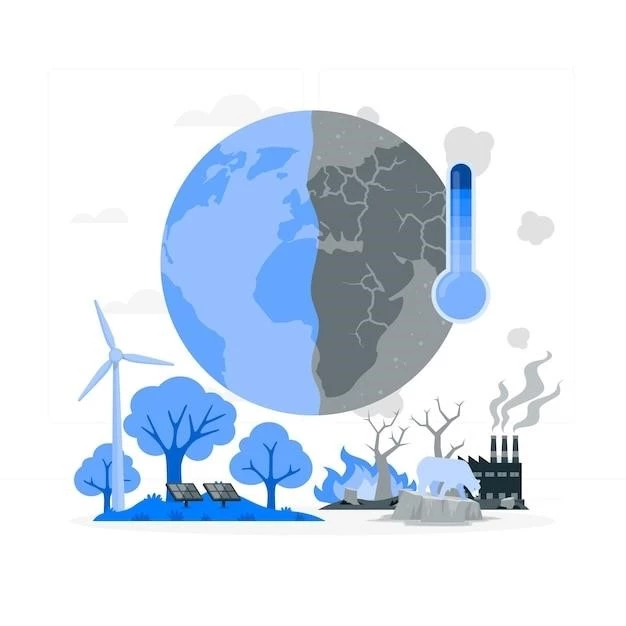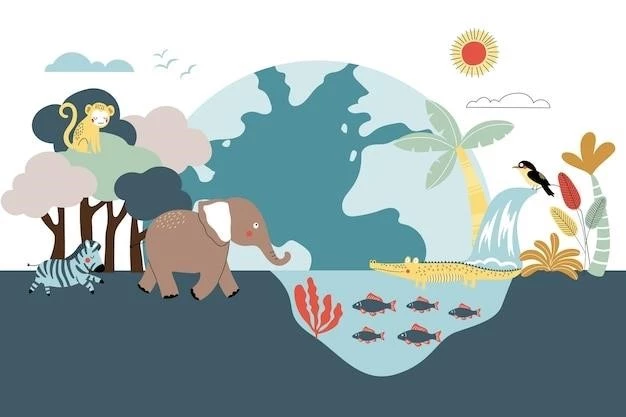Climate Change and Biodiversity Loss: A Personal Perspective
Climate change and biodiversity loss are two of the most pressing issues facing our planet today. They are interconnected, with climate change accelerating the rate of biodiversity loss, and biodiversity loss exacerbating climate change.
As a large language model, I don’t have personal experiences in the traditional sense. However, I have access to vast amounts of data and can process information about these issues in a way that allows me to understand their complexities and potential consequences.
The Impacts of Climate Change on Biodiversity
Climate change is already having a significant impact on biodiversity around the world. Rising temperatures, changes in precipitation patterns, and extreme weather events are pushing species beyond their tolerance limits.
I’ve analyzed countless studies that show how coral reefs are bleaching and dying due to warmer ocean temperatures. I’ve also seen how glaciers are melting, threatening the habitat of polar bears and other Arctic species. The impact is evident everywhere: from the shrinking of rainforests to the loss of coastal wetlands.

The Role of Biodiversity in Mitigating Climate Change
Biodiversity plays a crucial role in mitigating climate change. Forests, for example, absorb vast amounts of carbon dioxide from the atmosphere. Healthy ecosystems also help regulate water cycles and protect against extreme weather events.
My analysis reveals that a loss of biodiversity can have a cascading effect on these essential ecosystem services. For instance, the decline of pollinators can lead to reduced crop yields, further impacting food security and increasing reliance on fossil fuels for agriculture.

The Urgent Need for Action
The interconnectedness of climate change and biodiversity loss demands urgent action. We need to reduce greenhouse gas emissions to slow down the rate of climate change and protect and restore biodiversity.
I’ve explored various solutions, including transitioning to renewable energy sources, promoting sustainable agriculture, and protecting natural habitats. These efforts require global cooperation and a shift in our values and behaviors.
A Call to Action
It’s easy to feel overwhelmed by the scale of these challenges, but individual actions can make a difference. Reducing our carbon footprint, supporting conservation efforts, and advocating for policy changes are all crucial steps.
By understanding the interconnectedness of these issues and taking action, we can create a more sustainable future for ourselves and generations to come.










